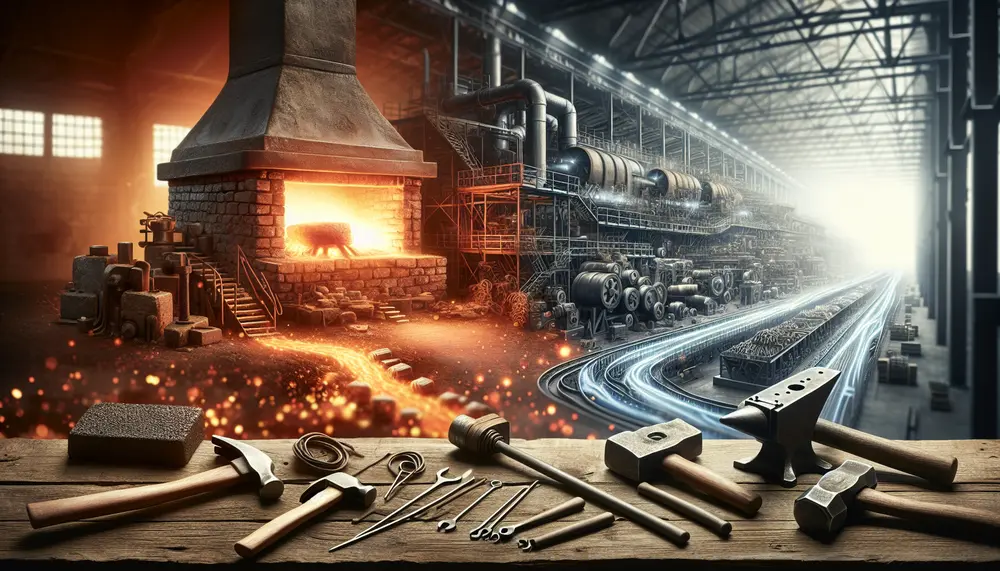Steelmaking
Steelmaking
Steelmaking ist ein essentieller Prozess in der Produktion und im Handel mit Stahl. Es ist der Schritt, bei dem Rohstoffe wie Eisen und Kohlenstoff zu einem haltbaren und vielseitigen Material, dem Stahl, umgewandelt werden.
Was ist Steelmaking?
Das Steelmaking ist ein Prozess, bei dem Rohstoffe wie Eisen und Kohlenstoff zu Stahl verarbeitet werden. Stahl ist bekannt für seine Haltbarkeit, Festigkeit und Vielseitigkeit, die es zu einem sehr gängigen und wichtigen Material in Bau, Fertigung, Transport und viele andere Industrien macht.
Primärer und Sekundärer Steelmaking
Der Prozess des Steelmaking kann in zwei Stufen unterteilt werden: Das so genannte primäre und sekundäre Steelmaking. Beim primären Steelmaking wird Roheisen, das in Hochöfen aus Eisenerz gewonnen wird, mit Stahl- und Eisenschrott in Konvertern zu Rohstahl verarbeitet. Beim sekundären Steelmaking wird dieser Rohstahl weiter behandelt und verfeinert, um die endgültigen Eigenschaften des Stahls zu bestimmen.
Methoden des Steelmaking
Es gibt verschiedene Methoden des Steelmaking. Die älteste und traditionellste Methode ist das so genannte Thomas-Verfahren, das jedoch heutzutage kaum noch angewendet wird. Moderne Verfahren sind das Oxygen-Verfahren (LD-Verfahren) und das Electric Arc Furnace (EAF)-Verfahren. Das LD-Verfahren ist ein Oxidationsprozess unter Einblasen von Sauerstoff, während das EAF-Verfahren den Einsatz von Elektroden in einem Elektrolichtbogenofen erfordert.
Die Rolle des Steelmaking im Steel Trade
Im Stahlhandel spielt das Steelmaking eine fundamentale Rolle. Die Qualität der Stahlherstellung beeinflusst direkt den Wert und damit den Preis des Stahls auf dem Markt. Daher ist für Stahlproduzenten und Stahlhändler eine hohe Fertigungsqualität von entscheidender Bedeutung.
Aufgrund seiner Bedeutung verfügt der Stahlproduktionsmarkt über strenge Qualitätsstandards und Zertifizierungssysteme als Garantie für die Qualität und Sicherheit des Prozesses.
Blog Posts with the term: Steelmaking
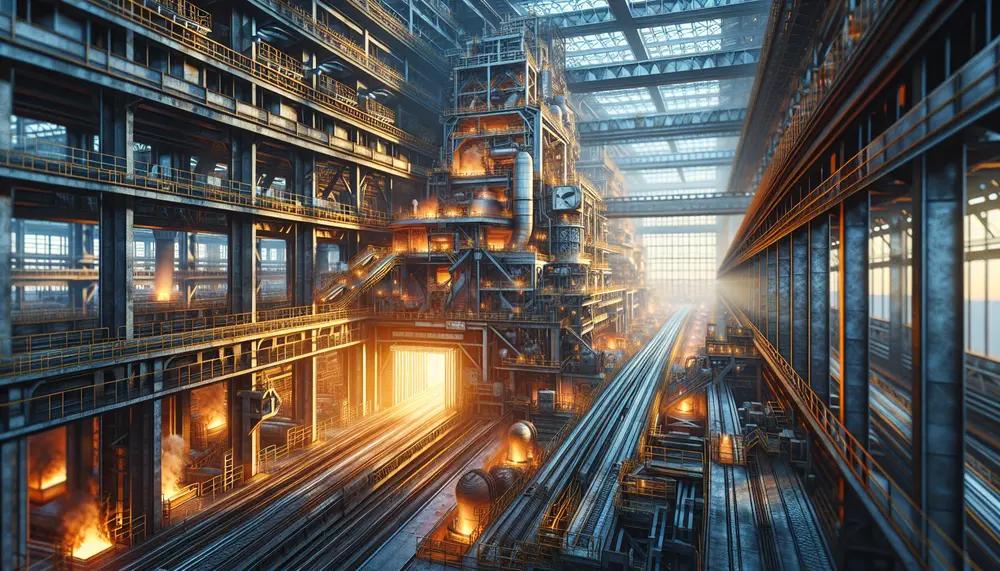
Steel making is a sophisticated process that turns iron ore into steel, involving methods like the Blast Furnace and Electric Arc Furnace to produce various grades of steel. The industry emphasizes sustainability by using additives and recycled materials while ensuring...
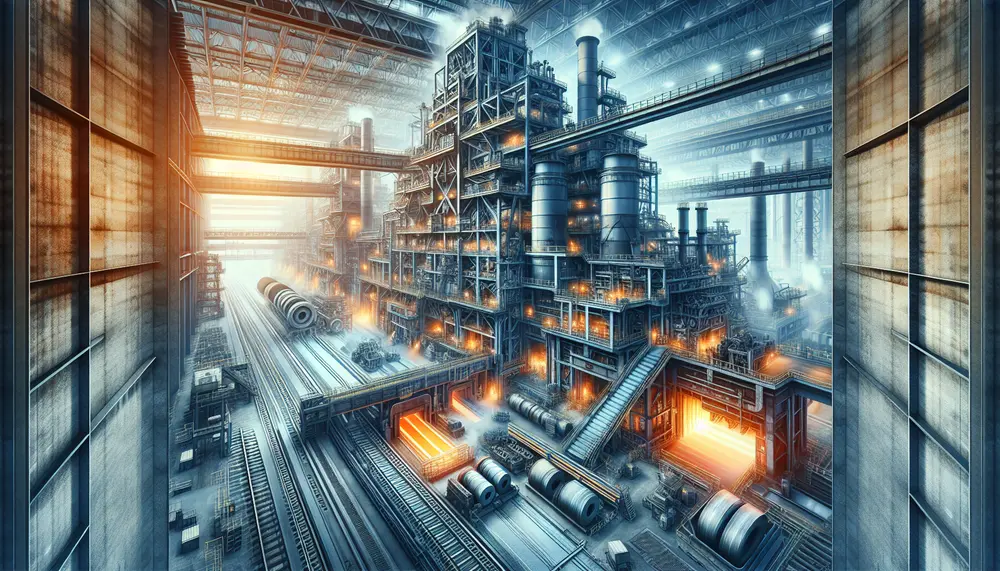
The article provides an overview of the steel making process, detailing how raw materials like iron ore, coke, and limestone are transformed into versatile and durable steel through a complex series of steps depicted in a flow diagram. It discusses...
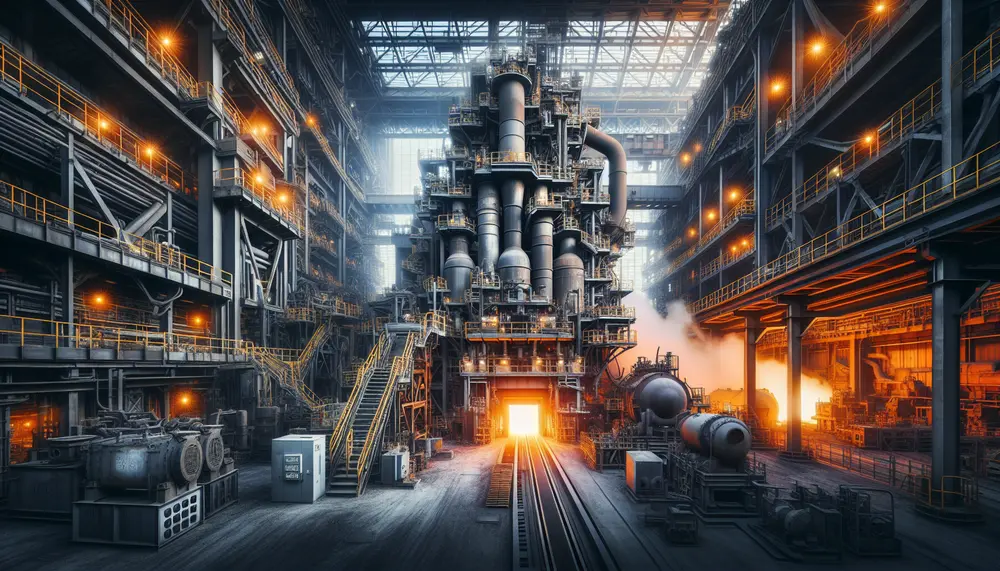
The article provides an overview of the two main steelmaking routes: blast furnace (BF) and electric arc furnace (EAF), detailing their processes, economic considerations, environmental impacts, and technological advancements. It compares BF's large-scale production with high carbon emissions to EAF's...
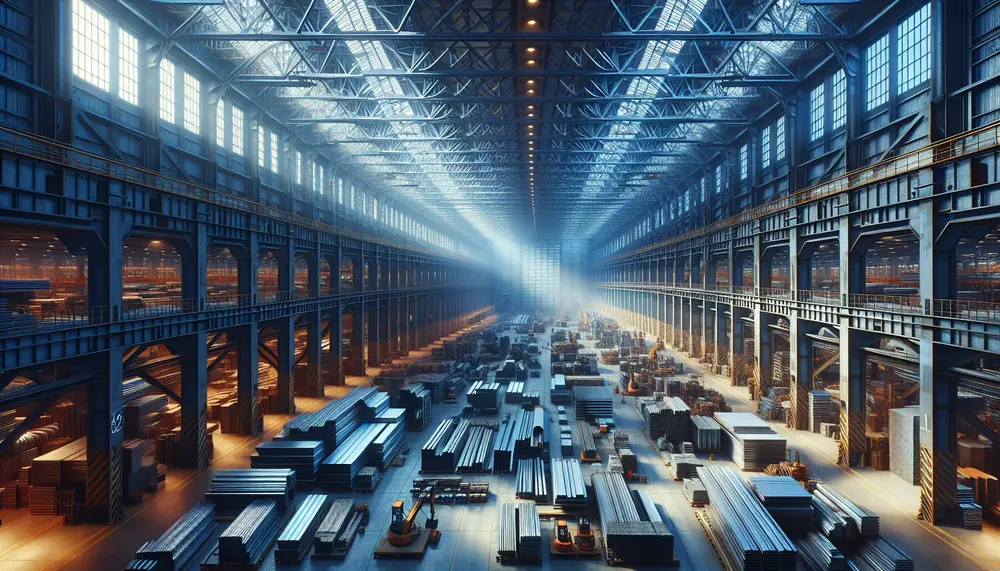
Nigeria's steel production industry is crucial for its industrial development, with potential to become a major producer due to iron ore deposits. However, the sector faces challenges such as small-scale operations and requires strategic solutions for sustainable growth. The evolution...
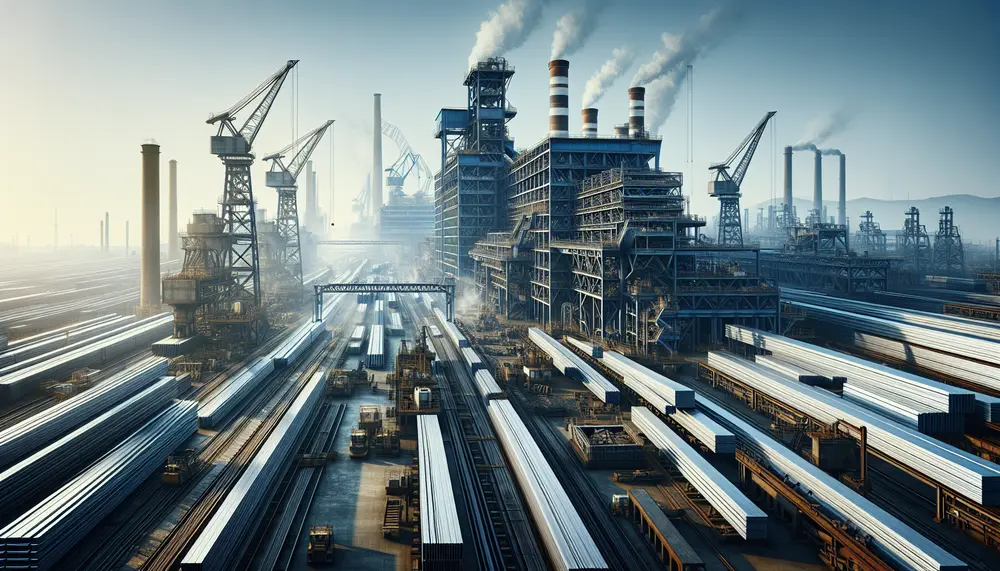
The African steel industry is growing and diverse, with varying levels of resource availability and technological sophistication across countries. It plays a crucial economic role by stimulating growth in other sectors, creating jobs, contributing to GDP, reducing import dependency, and...

The article analyzes global steel production trends in 2023, highlighting regional differences and challenges such as supply chain disruptions. It examines the contrasting growth patterns across continents like Africa's rise due to infrastructure investments and Asia's decline influenced by China's...
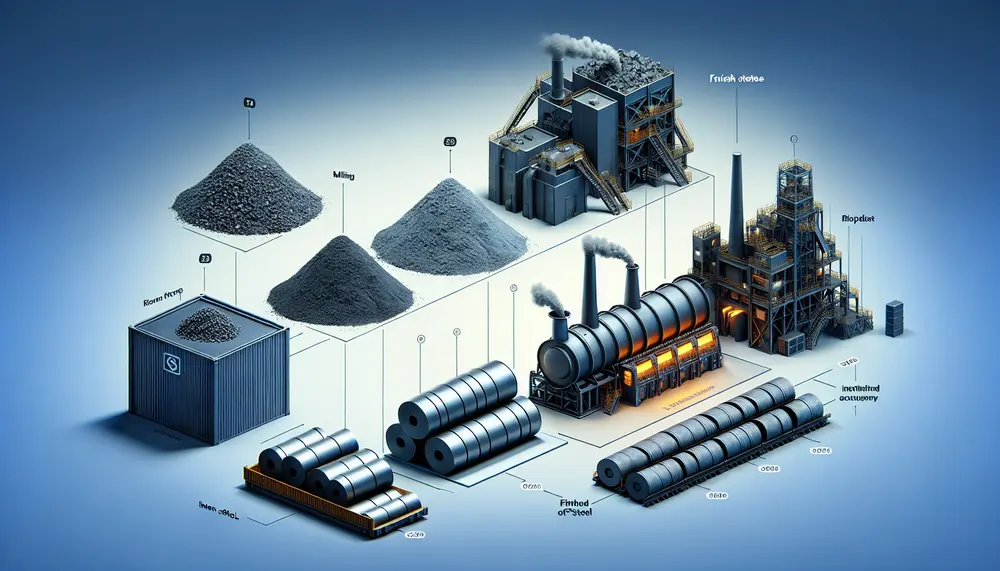
The steelmaking value chain is a complex process that transforms raw materials like iron ore, coking coal, and limestone into high-quality steel through strategic steps involving technological innovation to optimize efficiency and reduce environmental impact. Understanding this value chain helps...

Mexico's steel industry has grown significantly due to rich resources, strategic location, skilled workforce, and modern technology. Challenges include high energy costs, competition from lower-cost countries, price fluctuations, and environmental concerns....
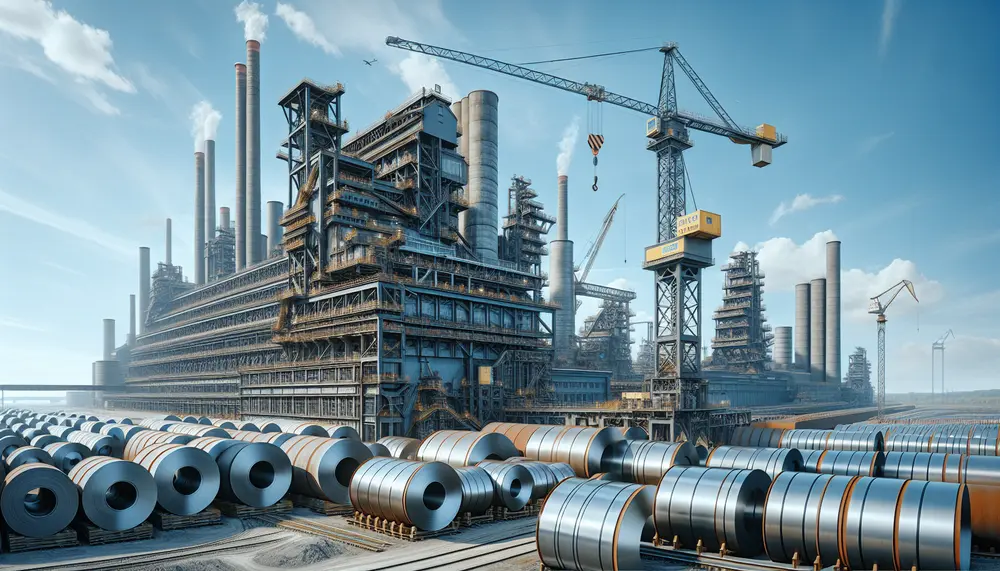
The steel industry in the Netherlands is integral to its economy, known for innovation and sustainability, with a focus on high-grade production used across various sectors. The Dutch sector's evolution has been shaped by historical shifts and strategic investments like...
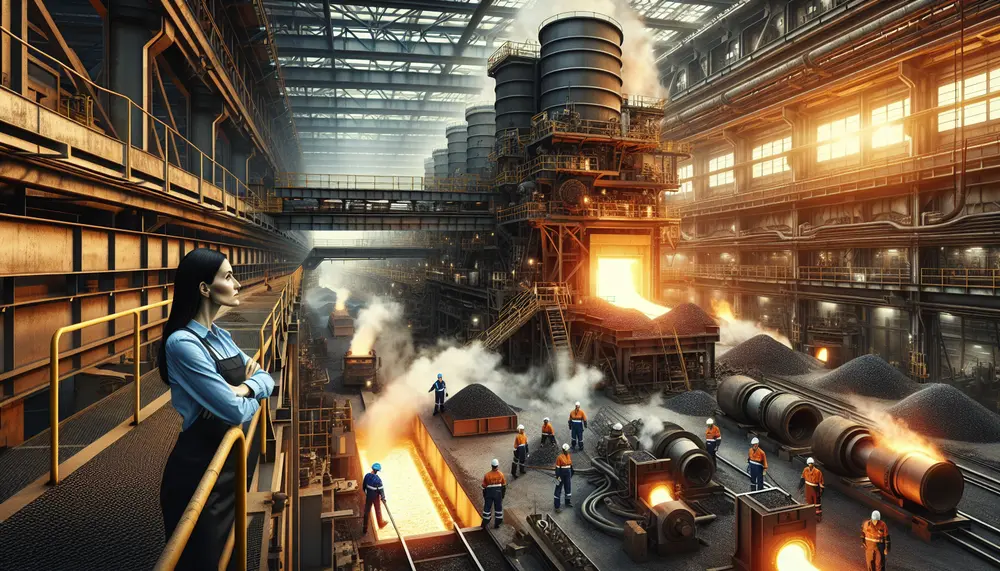
The article "Introduction to Steelmaking from Pig Iron" explores the historical and modern processes of transforming pig iron into steel, including methods like the Bessemer Process, Basic Oxygen Steelmaking (BOS), and Electric Arc Furnace (EAF). It highlights the importance of...
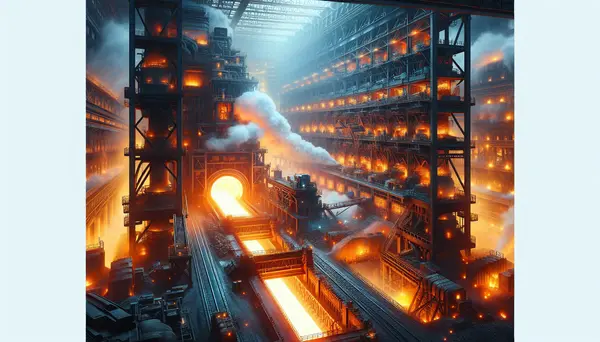
Steel, an alloy primarily composed of iron and carbon, is a crucial material in modern construction and manufacturing due to its strength, flexibility, and durability. The process of making steel involves extracting iron ore, purifying it through beneficiation processes, smelting...
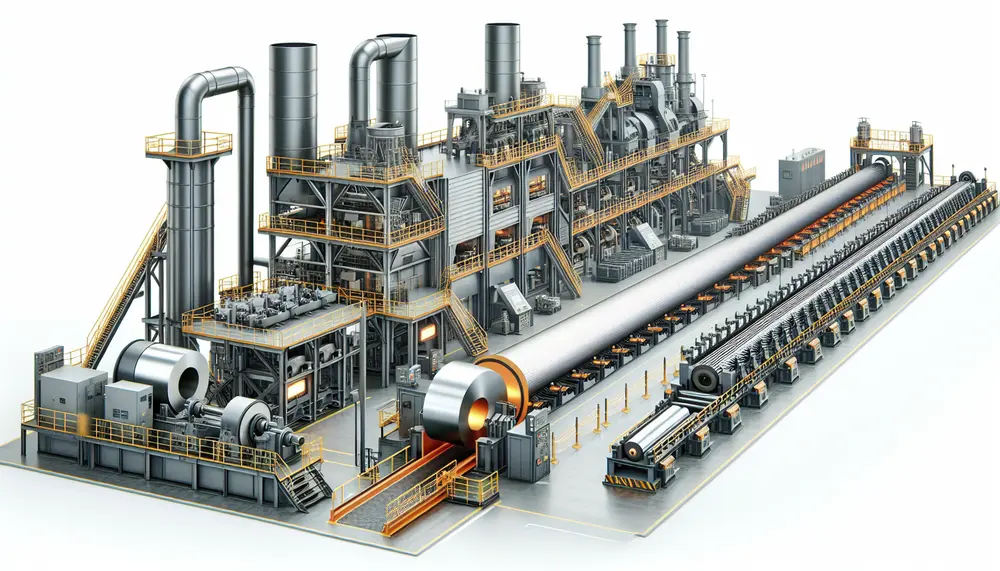
Steel manufacturing is a complex process that transforms iron ore into steel, involving precise heating and mixing to create different grades for various applications. The journey includes primary methods like Basic Oxygen Steelmaking (BOS) and Electric Arc Furnace (EAF), followed...
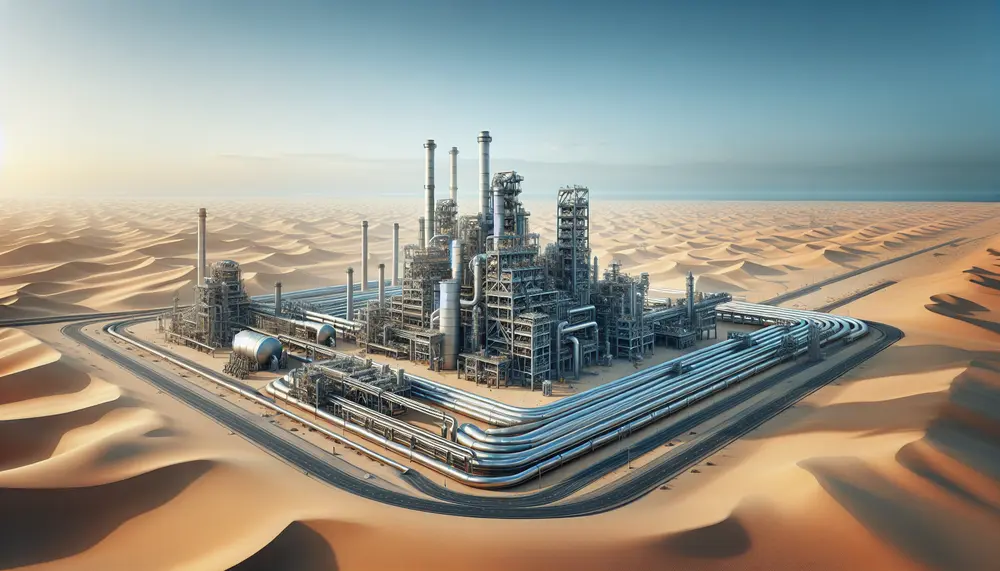
Kuwait's steel production is on the rise due to government initiatives, modernized facilities, and strategic location for trade. This growth supports economic diversification and attracts investment but also raises concerns about environmental impact and resource usage....
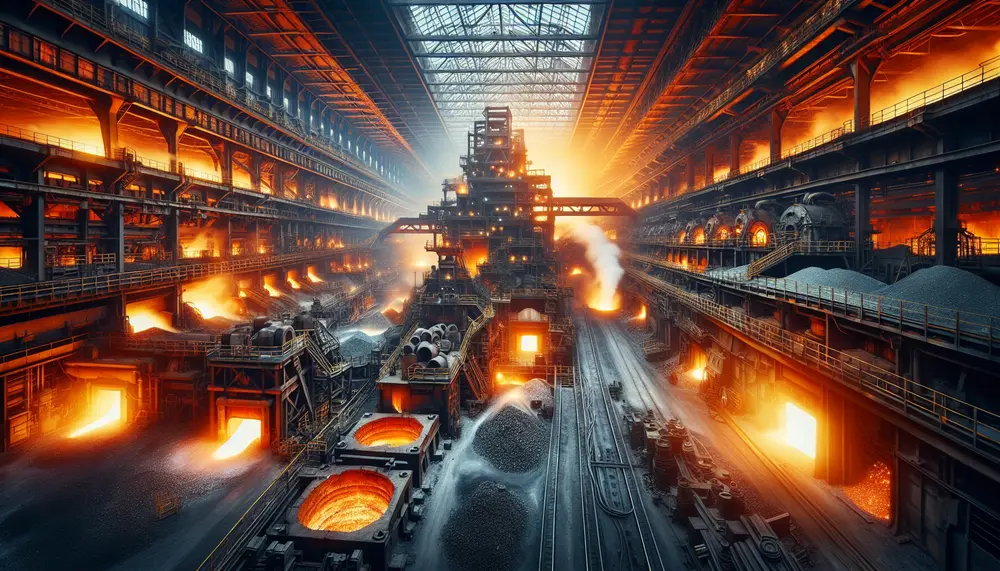
The Bessemer process, developed by Henry Bessemer in the 1850s, revolutionized steel production by efficiently removing impurities from molten pig iron using blown air and enabling mass production. This innovation significantly reduced costs and time for steel manufacturing, facilitating industrial...

